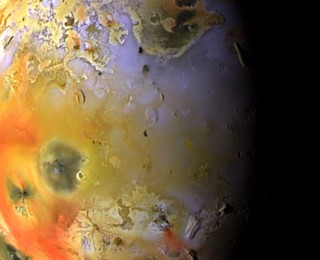
by David Wilson | Mar 9, 2016 | Daily Paper Summaries
Despite years of searching, we’ve yet to find an “exomoon”.
The authors of today’s paper suggest a new way to find them. Instead of the optical telescopes favoured by exoplanet searches, Noyola et al. turn to the giant radio telescopes. They suggest that they could be able to detect signals from extrasolar equivalents of one of the Solar system’s most extreme objects: Jupiter’s moon Io.
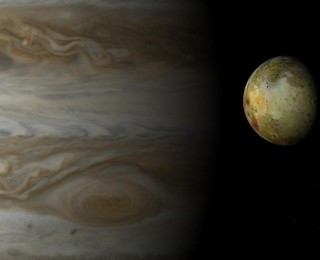
by Stacy Kim | Dec 17, 2015 | Daily Paper Summaries
Moons: all the giant planets in our solar system have them. Are giant exoplanets similarly ringed with moons? Here’s one reason why they might be missing some.
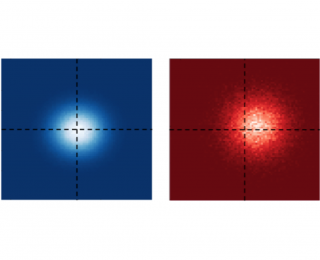
by Michael Zevin | Sep 22, 2015 | Daily Paper Summaries
There are more moons than planets in our Solar System that harbor liquid water, and these moons may offer us the best chances of finding life off of Earth. Today’s paper takes the search for habitable moons a step further by investigating how telescopes of the near future might allow us to see and characterize these moons around exoplanets.
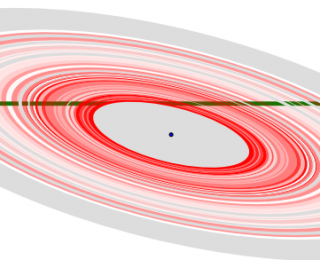
by Ruth Angus | Feb 5, 2015 | Daily Paper Summaries
Rings have been detected in another Solar system and, just like the rings of Saturn, they may have been carved out by exomoons.

by Jaime Green | Nov 5, 2014 | Daily Paper Summaries
Those of us who love astrobiology get really worked up about the lack of Earth-sized exoplanets found at Earth-like distances from their stars. All we want, we who hope for lots of extraterrestrial life, is a bunch of Earth-like planets doing Earth-like things so we can feel better about the odds for lots of Earth-like life in the universe.
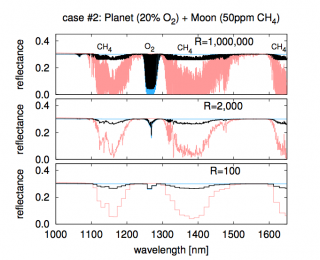
by Ruth Angus | May 8, 2014 | Daily Paper Summaries
Exoplanets with moons could mimic alien life-signs.






